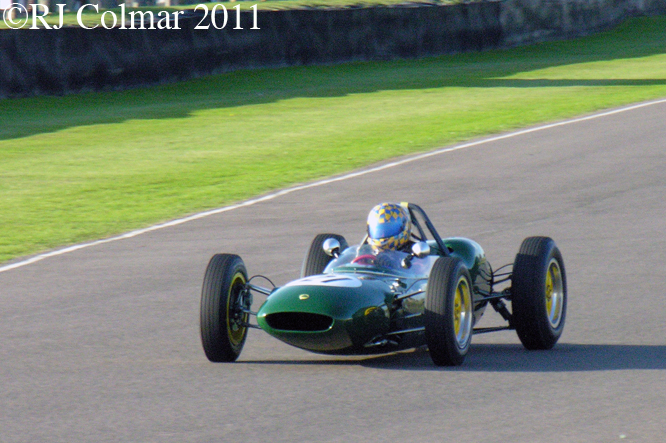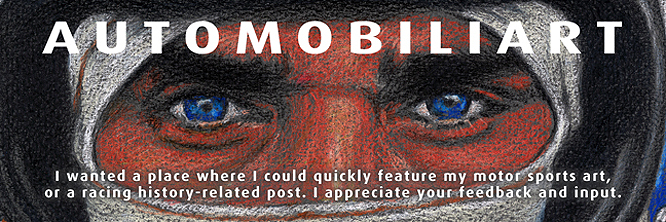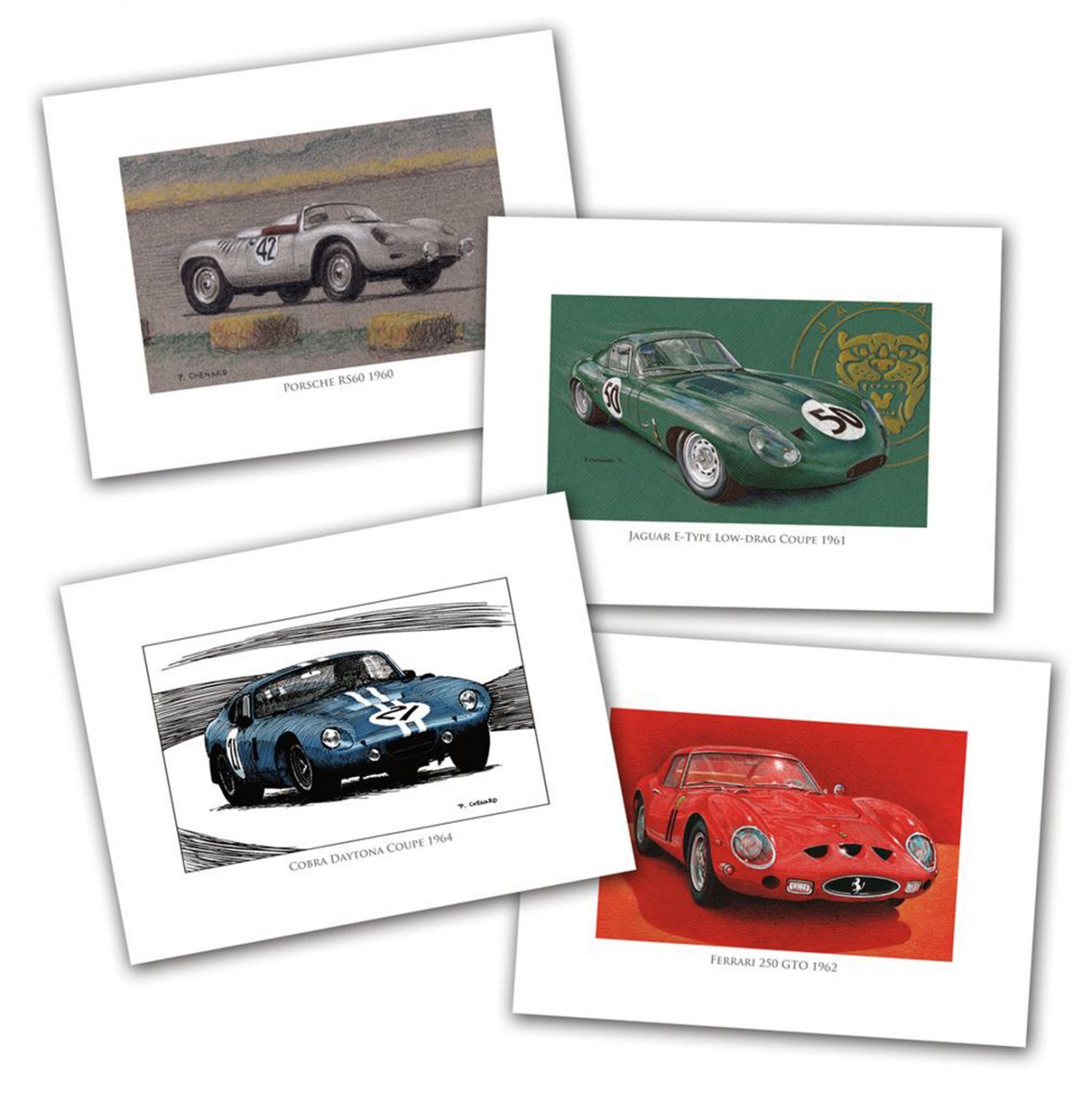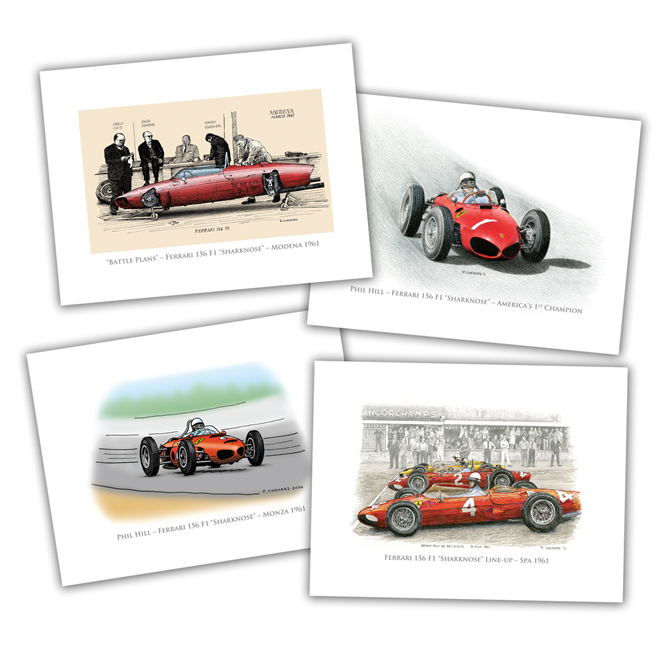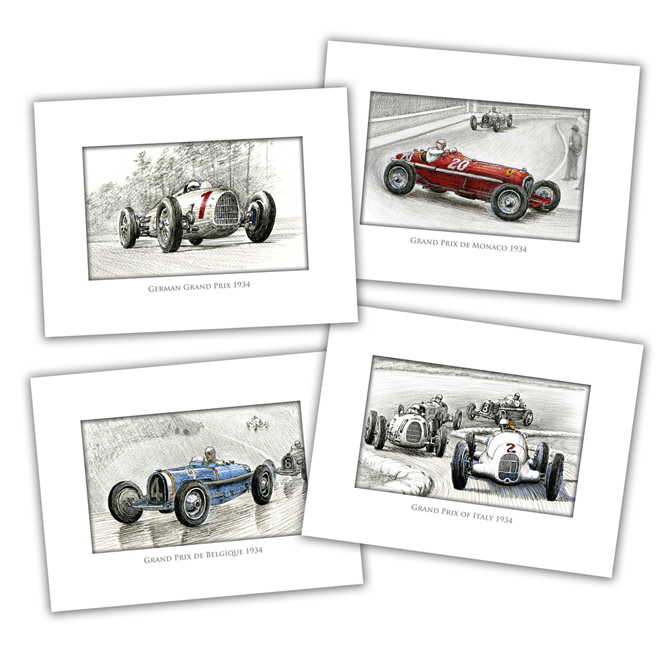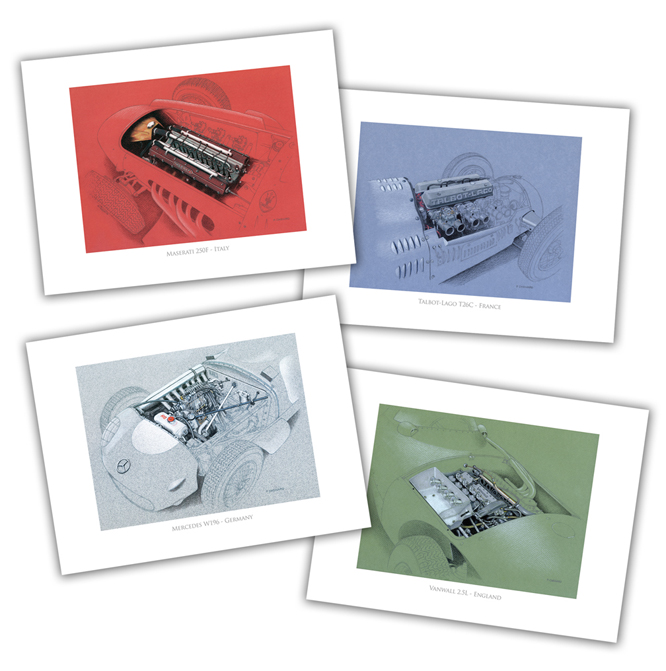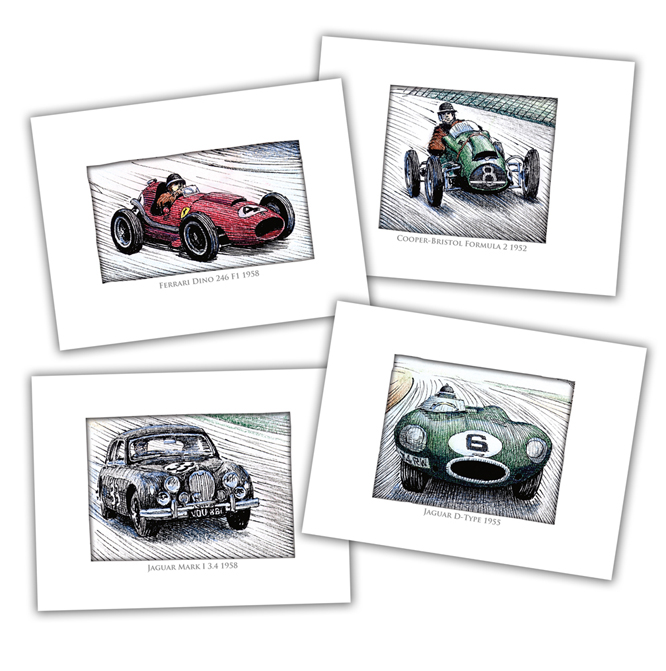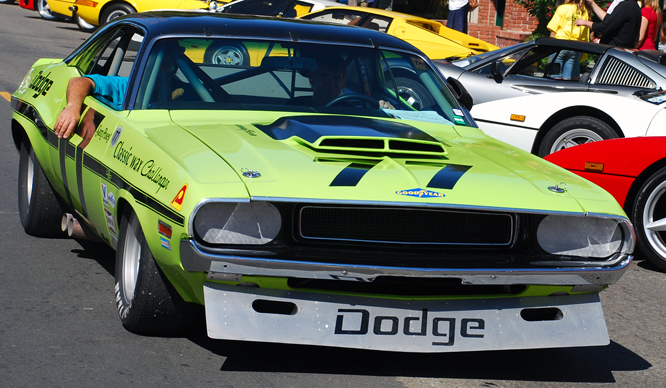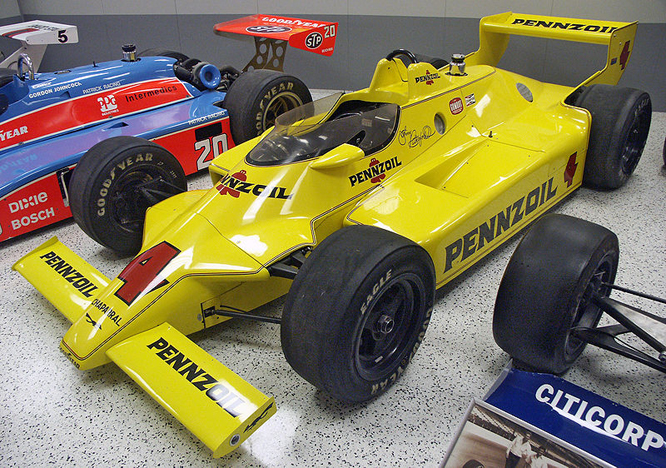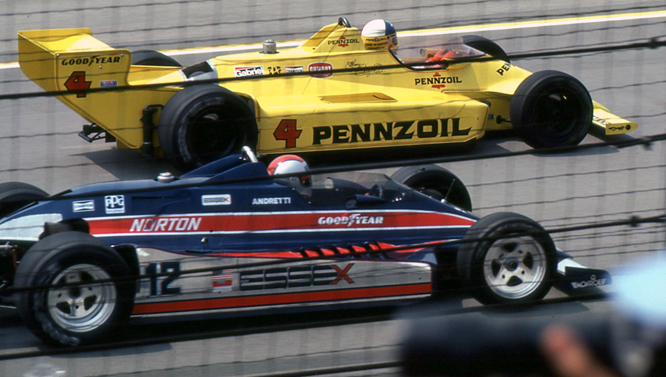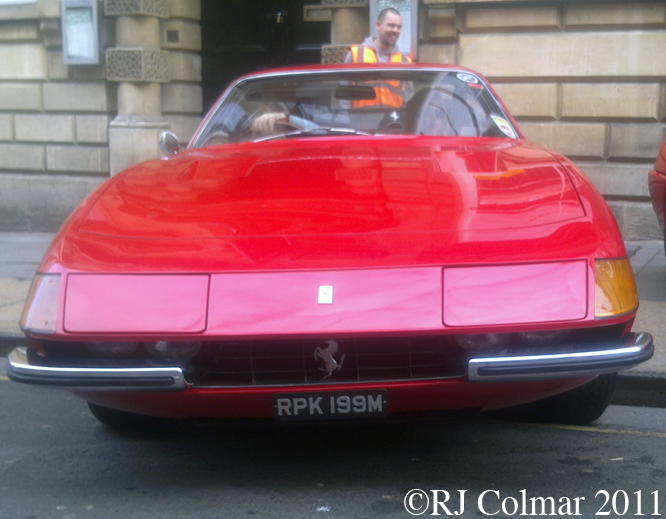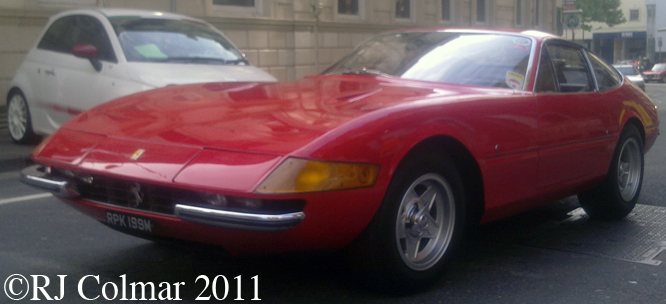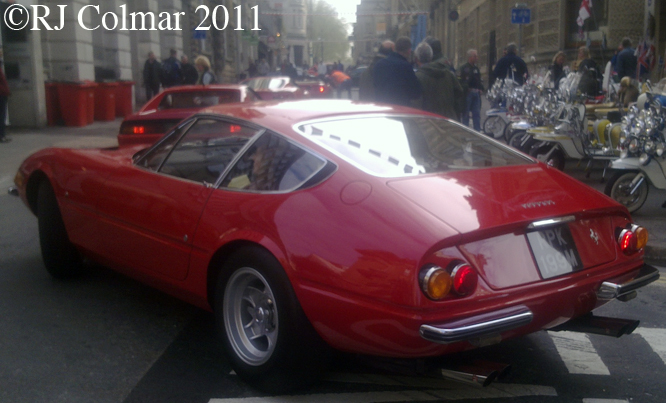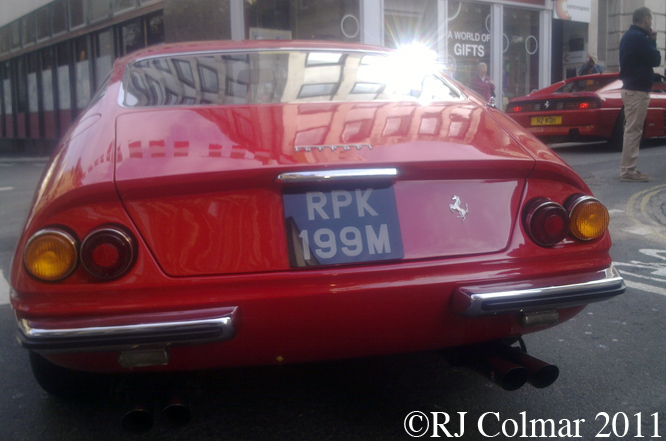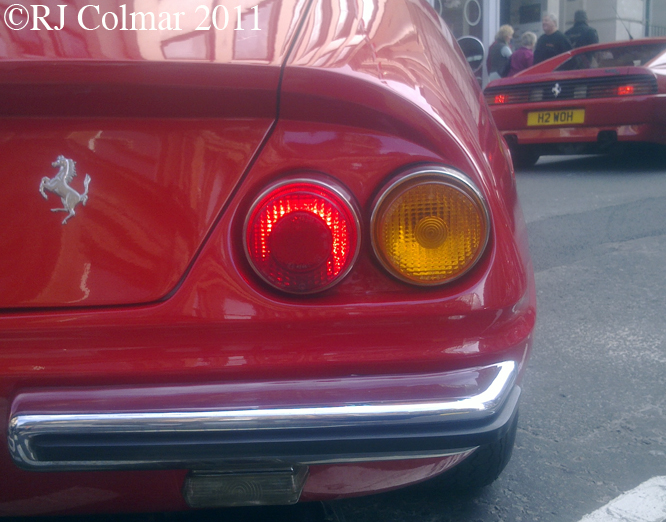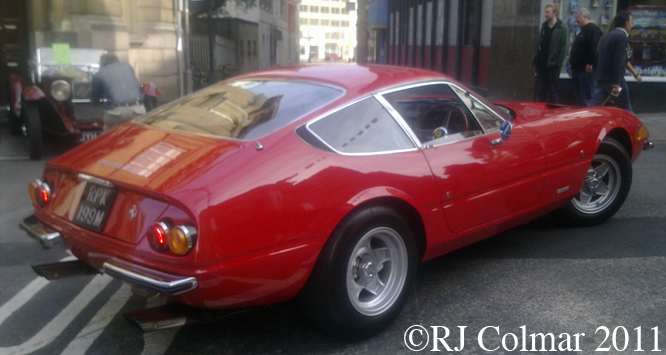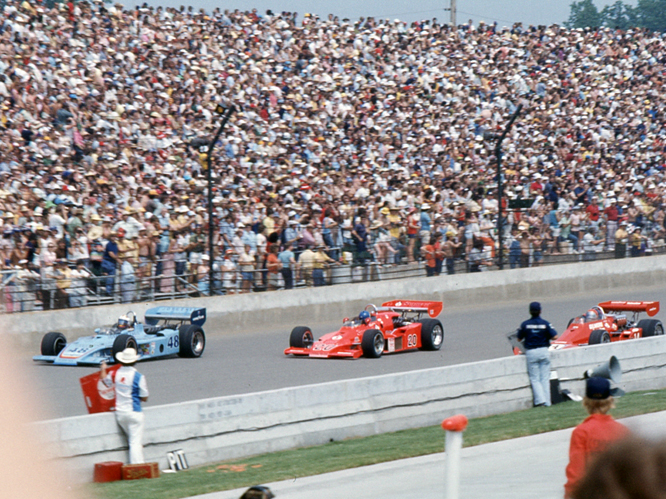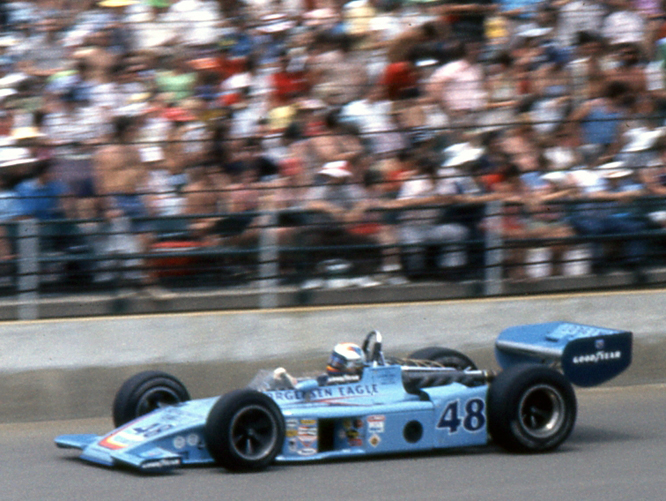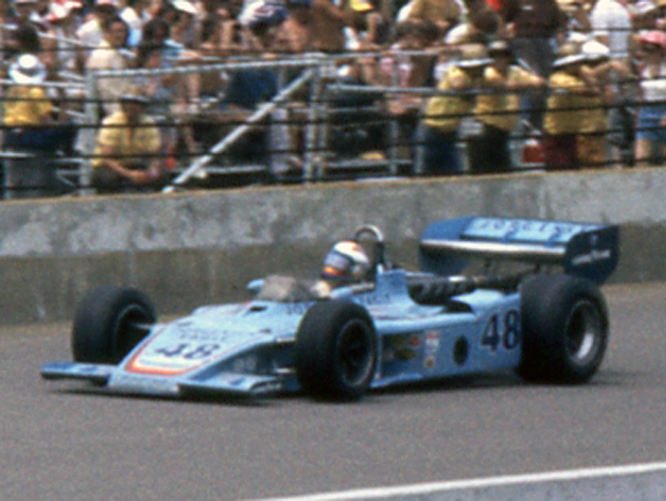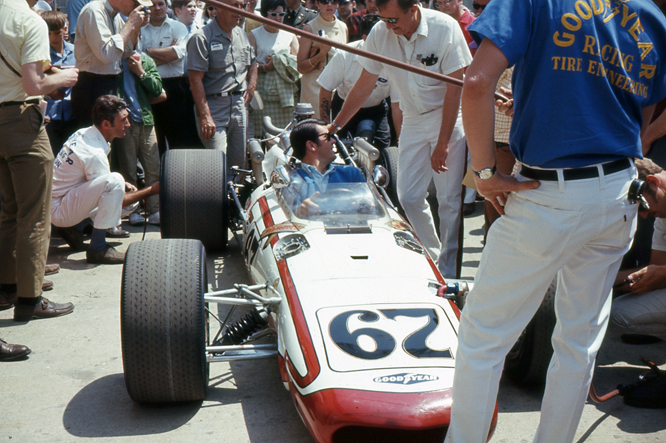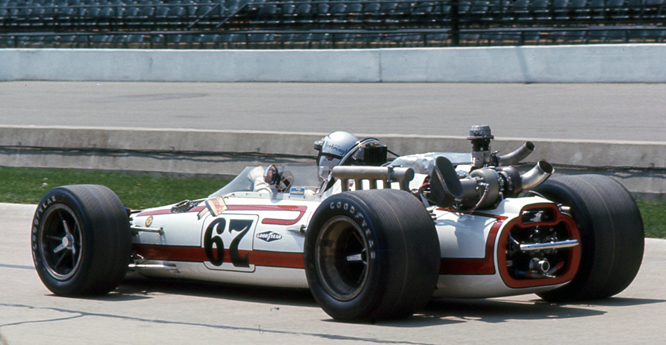As we saw a couple of weeks ago Stirling Moss drove a privately entered Lotus 18 to the Lotus marques first Grand Prix victory in a Lotus 18 in 1960, Moss used the same car to win three more Grand Prix in 1960 and 1961.
It was not until the end of the 1961 season that the works Team Lotus scored their first Grand Prix victory in the season finale at Watkins Glen. Innes Ireland driving a Lotus 21 similar to the one above held off Dan Gurney in Porsche to win the US Grand Prix.
The 1.5 litre / 91.5 cui 4 cylinder Coventry Climax powered Lotus 21 was a development of the Lotus 18 Stirling Moss had used to challenge the dominant Ferrari team with in 1961. Some of the parts of the 21 are interchangeable with the older 18 and some 18’s were run in 18/21 spec.
Ten Lotus 21 chassis were built in 1961 5 were destroyed in period with an 11th replacement chassis being built in 1964.
Dan Collins is seen above at the Goodwood Revival in his Lotus Climax 21 chassis #933 which is entered and maintained by Classic Team Lotus.
My thanks to David McKinnley at The Nostalgia Forum for his background information and Andy Arnold for informing me of the chassis number.
Thanks for joining me on this Classic Team Lotus edition of ‘Gettin’ a li’l psycho on tyres’. I hope you will join me again tomorrow. Don’t forget to come back now !
PS Don’t forget …
Automobiliart GALPOT Seasonal Quiz
Win a set of Paul Chenard Greetings Cards
Set 1 Sports & GT Cars
Set 2 Phil Hill World Drivers Championship 50th Anniversary Edition
Set 3 1934 Season
Set 4 Grand Prix Engines of the 1950’s
or
Set 5 Mike Hawthorn’s Race Cars
The Automobiliart GALPOT Seasonal Quiz will comprise 8 categories.
Overall winner chooses one set of Paul Chenard Greetings Cards from the five sets shown above.
The cards measure 15.24cm x 11.43cm, come in packs of 12 with 3 copies of 4 designs in each set, plus A6 envelopes.
Which set will you choose ?
The free to enter Automobiliart GALPOT Seasonal Quiz will run from December 26th – January 2nd Entries close January 8th 2012, Winner announced January 16th 2012.
Full details on December 26th at GALPOT.
Looking for Automotive Seasonal Gift Idea’s? Visit Automobiliart Now !

